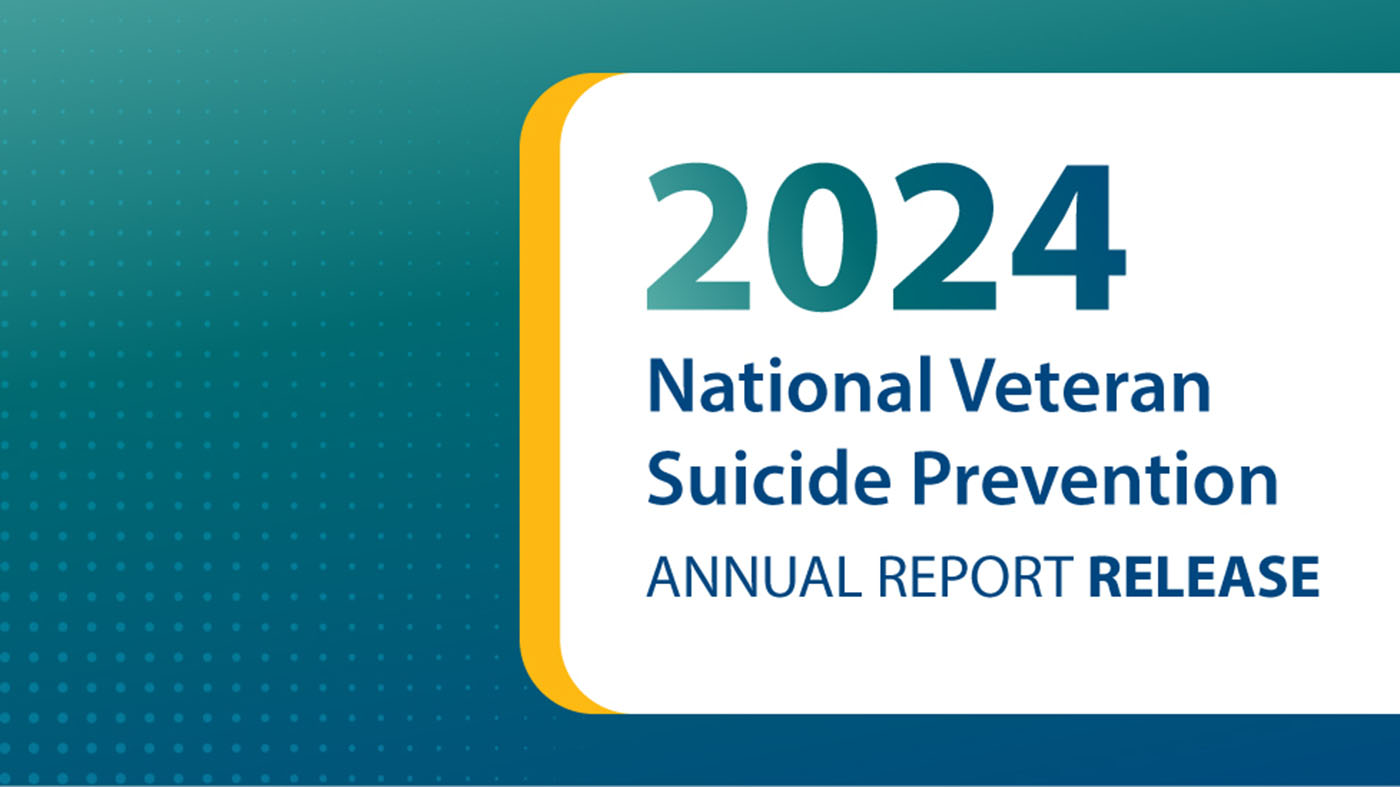With increased housing costs, rising inflation and the end of eviction moratoriums, many cities across the nation are experiencing increases in homelessness, both among Veterans and the general population.
But in California’s Santa Barbara County, one of the most expensive places to live in the U.S., Veteran homelessness has dropped 60% over the last three years.
According to the most recent Point-in-Time (PIT) count, which records the number of sheltered and unsheltered people experiencing homelessness on a single night in January, 82 Veterans were experiencing homelessness in Santa Barbara County in 2023. In 2020 that number was 210.
This progress is the result of VA staff, county and city employees, local housing authorities and numerous partners working together to find homes for Veterans in need. According to those involved, community collaboration is the key to helping Veterans off the streets and into permanent housing.
The powerful lessons of teamwork and partnership learned in this Southern California county can be applied everywhere.
From RV homelessness to a room with a view
One of the individuals who’s been helped by these efforts is Army Veteran William Wesley (pictured above).
Enlisting at the age of 17, Wesley was eager to serve his country. He worked as a camera operator and was part of an elite team that recorded, wrote and edited reports. And while he learned a lot through his experience in the service, he unfortunately emerged with post-traumatic stress disorder (PTSD). “From time to time, the PTSD derailed my personal and professional life,” he said. Coupled with housing in Southern California becoming more expensive—and scarce—he eventually fell into homelessness.
With what money he had left, Wesley bought an RV to live in, parking wherever he could and surviving day-to-day. “About a year ago, I heard about the HUD-VASH program. That’s where I found my guardian angels,” he said.
HUD-VASH is a partnership between the Department of Housing and Urban Development (HUD) and VA. HUD provides housing vouchers that cover a significant portion of a Veteran’s rent while VA offers supportive services. Wesley credits his social worker, Kimiko Cohn, and housing management assistant, Elena Cavalier, for helping him on his housing journey.
Now, Wesley lives in Santa Barbara in a beautiful apartment with mountain views.
“It’s now been six months since I’ve been here, and I’ve gotten used to the idea that I actually live someplace, a place I can call home, not on the streets,” he said.
Working together to house Veterans
The key to housing Veterans in Santa Barbara is teamwork, said Tameka N. Davis, clinical social worker, Navy Veteran and VA’s HUD-VASH supervisor for Ventura and Santa Barbara counties.
“We, as the HUD-VASH team, could not do this by ourselves. We have a lot of partners within the community that serve Veterans. We could not do our jobs without them, hands down,” she said.
The HUD-VASH team’s community partners include the county and city of Santa Barbara, public housing authorities and several nonprofits.
A key element of this effort is case conferencing. In these meetings, held every two weeks, county housing personnel, VA staff and other entities discuss individual Veteran’s situations to find solutions. A medical release from each Veteran allows the groups to discuss these cases collectively.
“It’s truly looking at the names, problem-solving, barrier-busting on an individual basis,” said County of Santa Barbara Homelessness Assistance Program Manager Kimberlee Albers.
Step by step into housing
The county keeps track of Veterans using a “by-name list,” which tracks individual Veterans on a real-time basis. Once a Veteran is identified as experiencing homelessness, they go onto the list.
While the PIT count is one measure of tracking Veteran homelessness, the by-name list is another, and the county is seeing a reduction in those numbers as well, County of Santa Barbara Housing Programs Specialist Emily Allen said. As of the last count toward the middle of August 2023, 84 Veterans were on the county’s by-name list. We’re looking at it very much on a daily basis,” she added.
Once an unhoused Veteran is identified, the county refers them to VA services, either Supportive Services for Veteran Families (SSVF) or HUD-VASH.
Next, the Veteran is assigned a case manager. If the Veteran is ready for permanent supportive housing, the HUD-VASH housing management assistant helps the Veteran complete the voucher packet.
Housing help and beyond
Housing is just the first step. “It’s not just about putting a person in a house. It’s helping our Veterans gain the skills and have the support to stay housed,” said Davis. “It is so rewarding to see Veterans who have lost faith in the system regain that faith, regain their dignity.”
Housing Veterans is a community-wide effort, Davis reiterated. Landlords especially are needed to accept HUD-VASH vouchers.
“These are people who may have made mistakes in the past that affected their credit or legal histories, but we need our community members to be welcoming and to be understanding… to not have that ‘not in my backyard’ mentality,” said Davis.
Wesley echoes the idea that this is a group effort. “It takes a village to help you sometimes. I’m eternally grateful for all who took me from homeless to a place I can call home,” he said.
Topics in this story
More Stories
The Medical Foster Home program offers Veterans an alternative to nursing homes.
Watch the Under Secretary for Health and a panel of experts discuss VA Health Connect tele-emergency care.
The 2024 National Veteran Suicide Prevention Annual Report provides the foundation for VA’s suicide prevention programs and initiatives.






